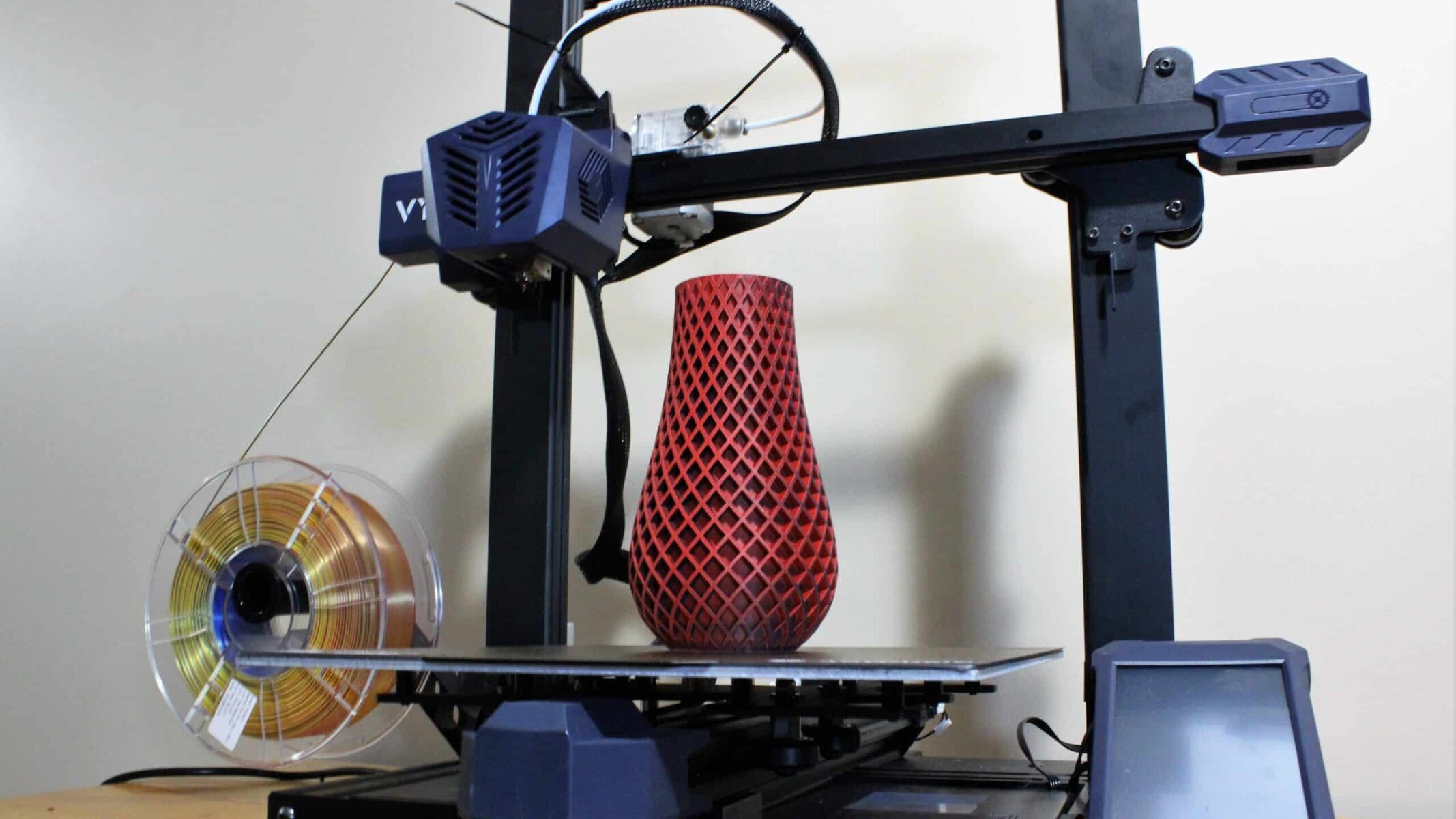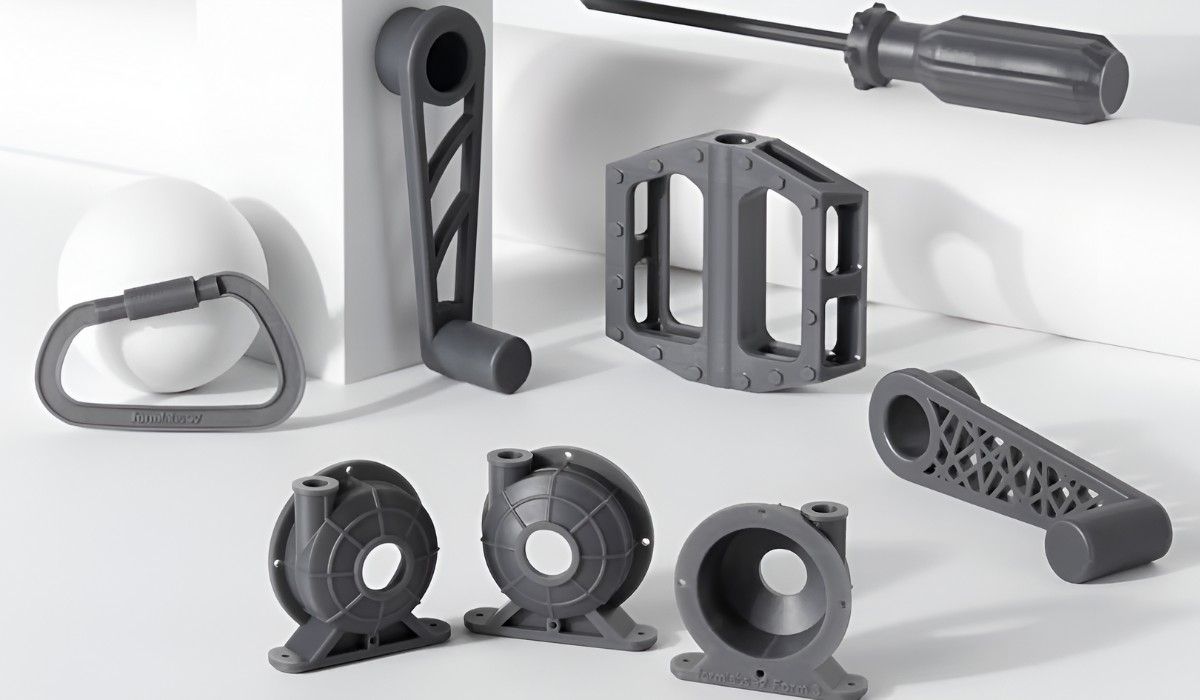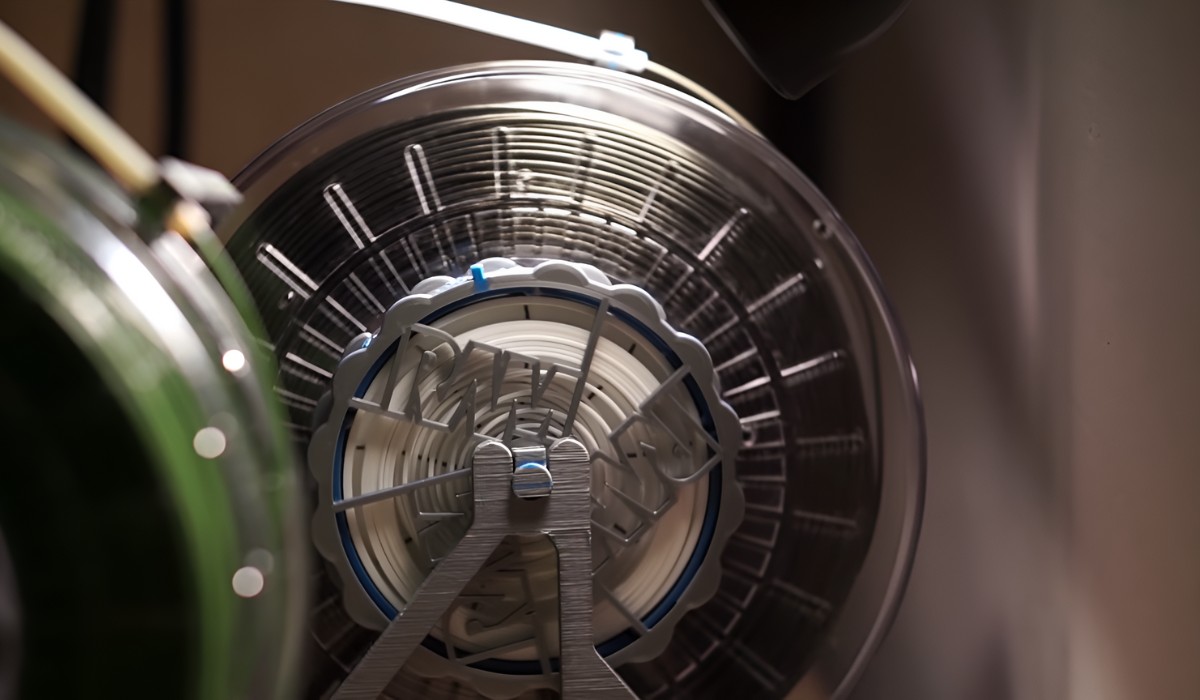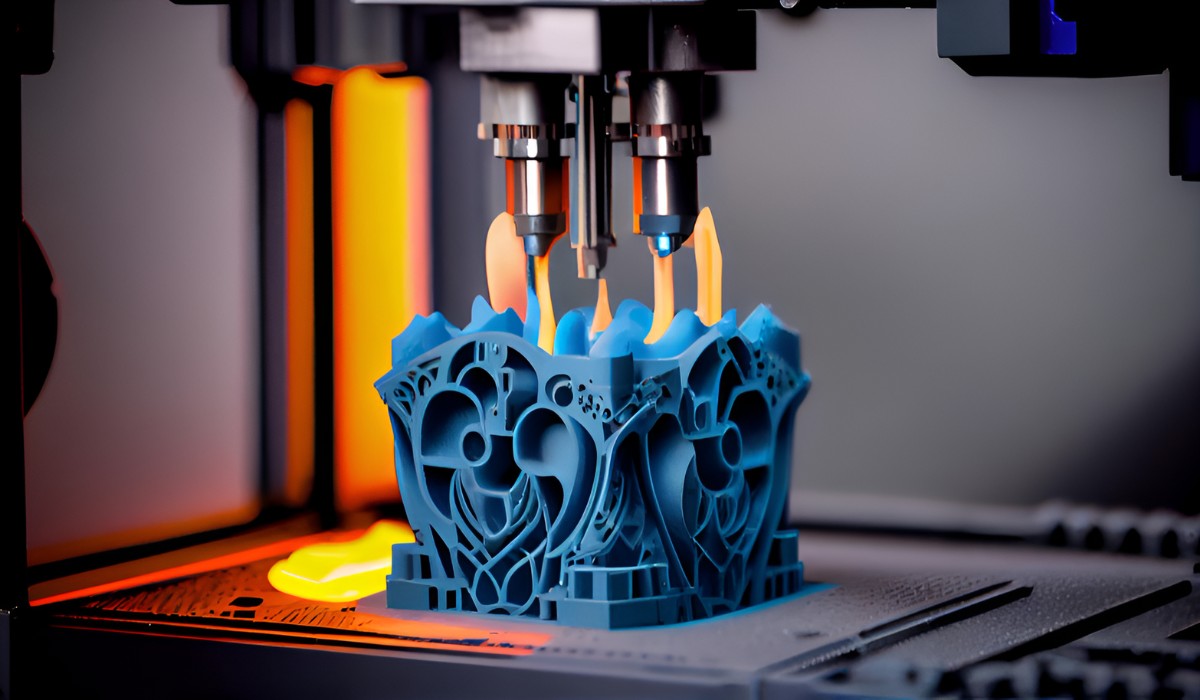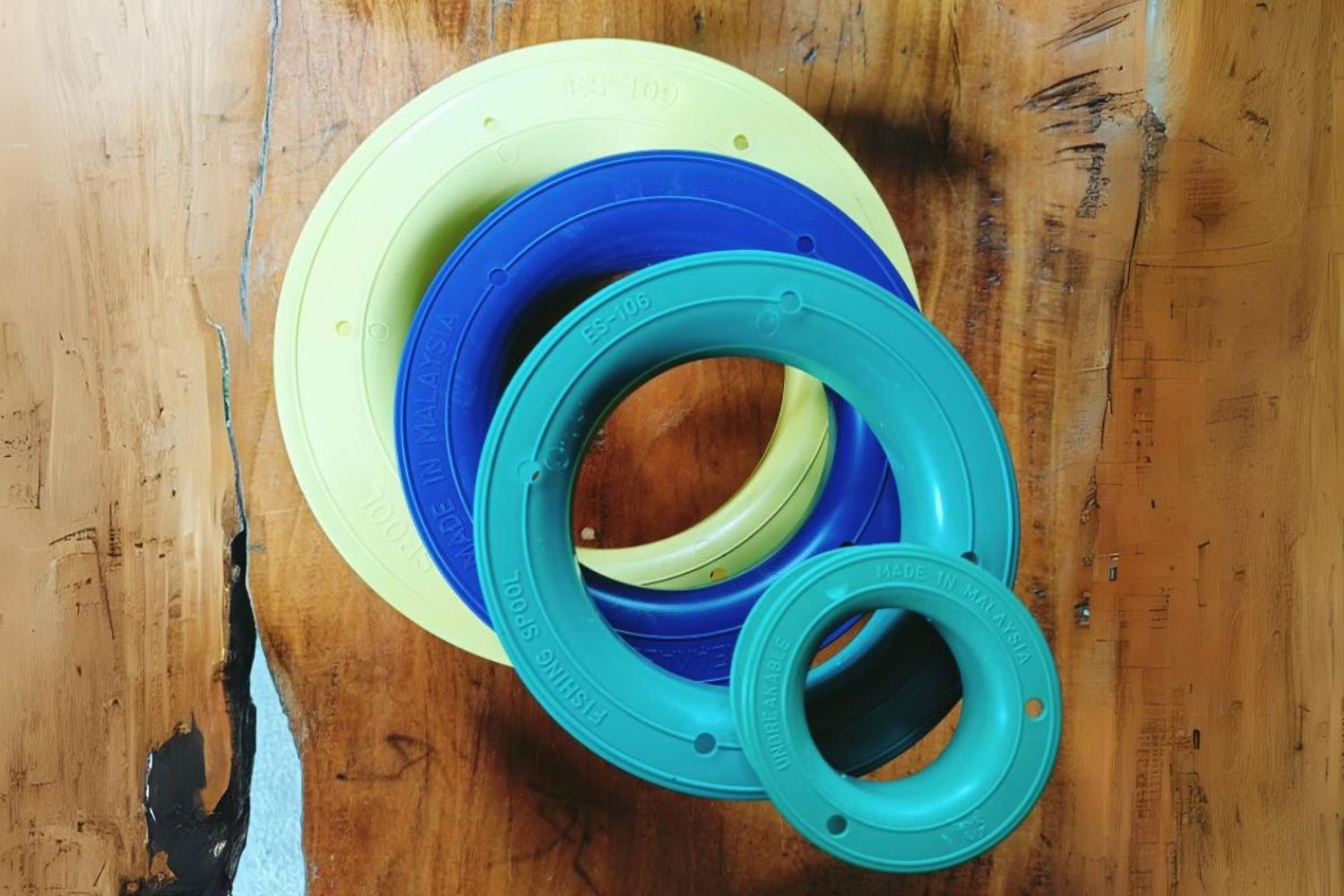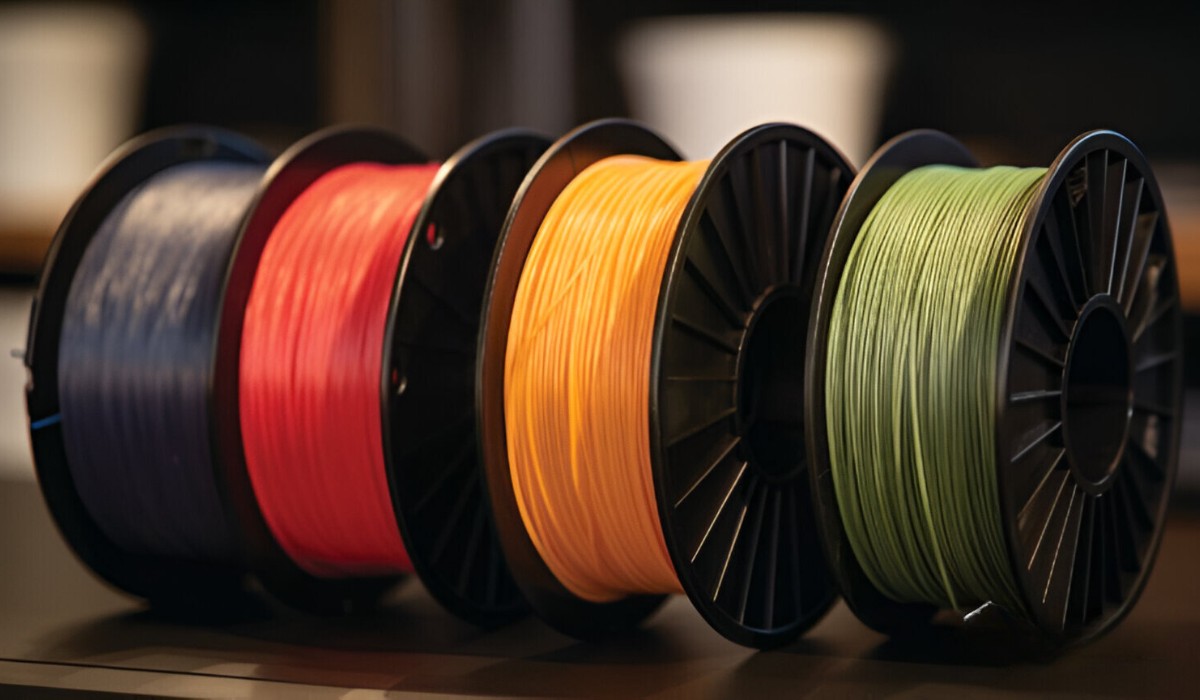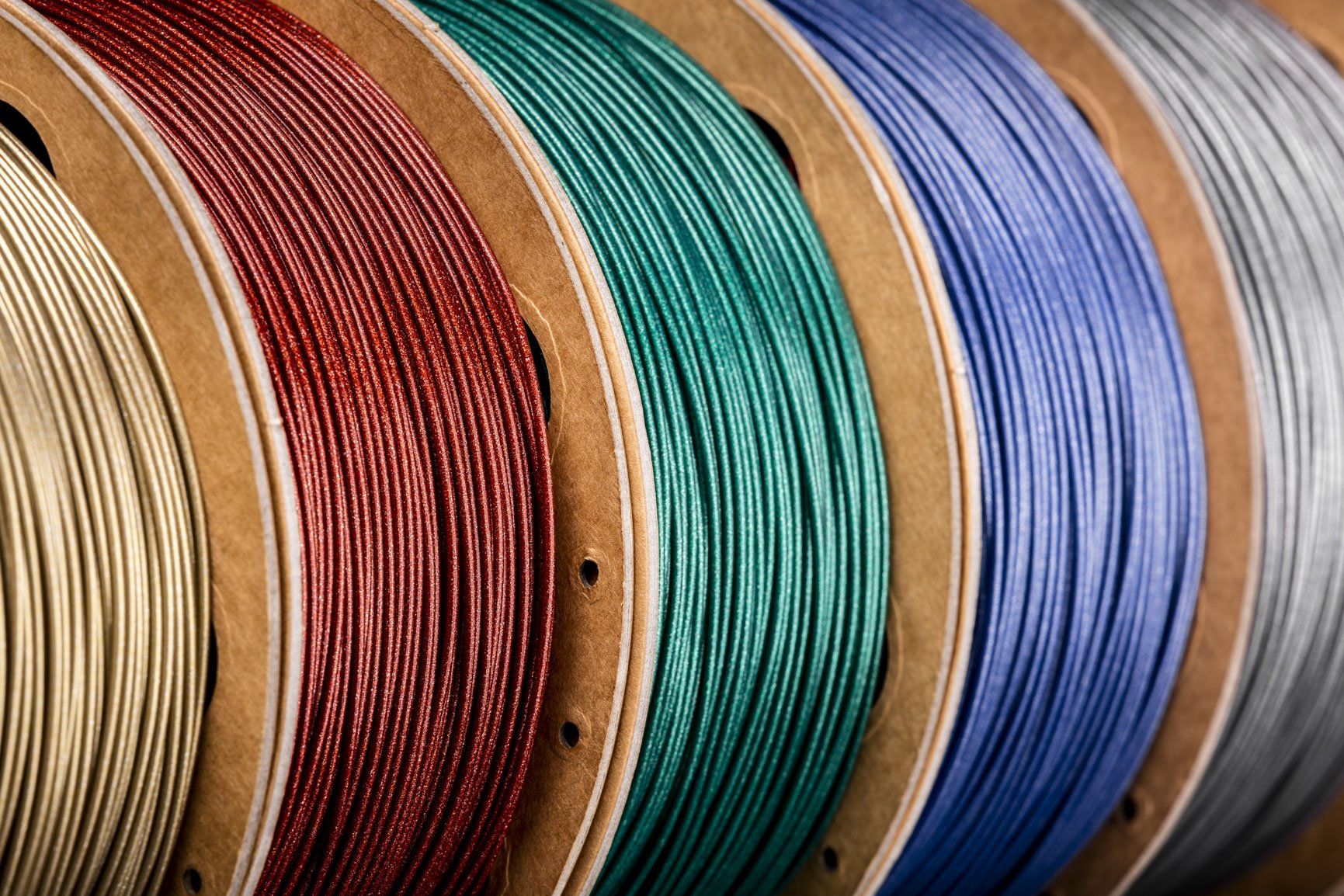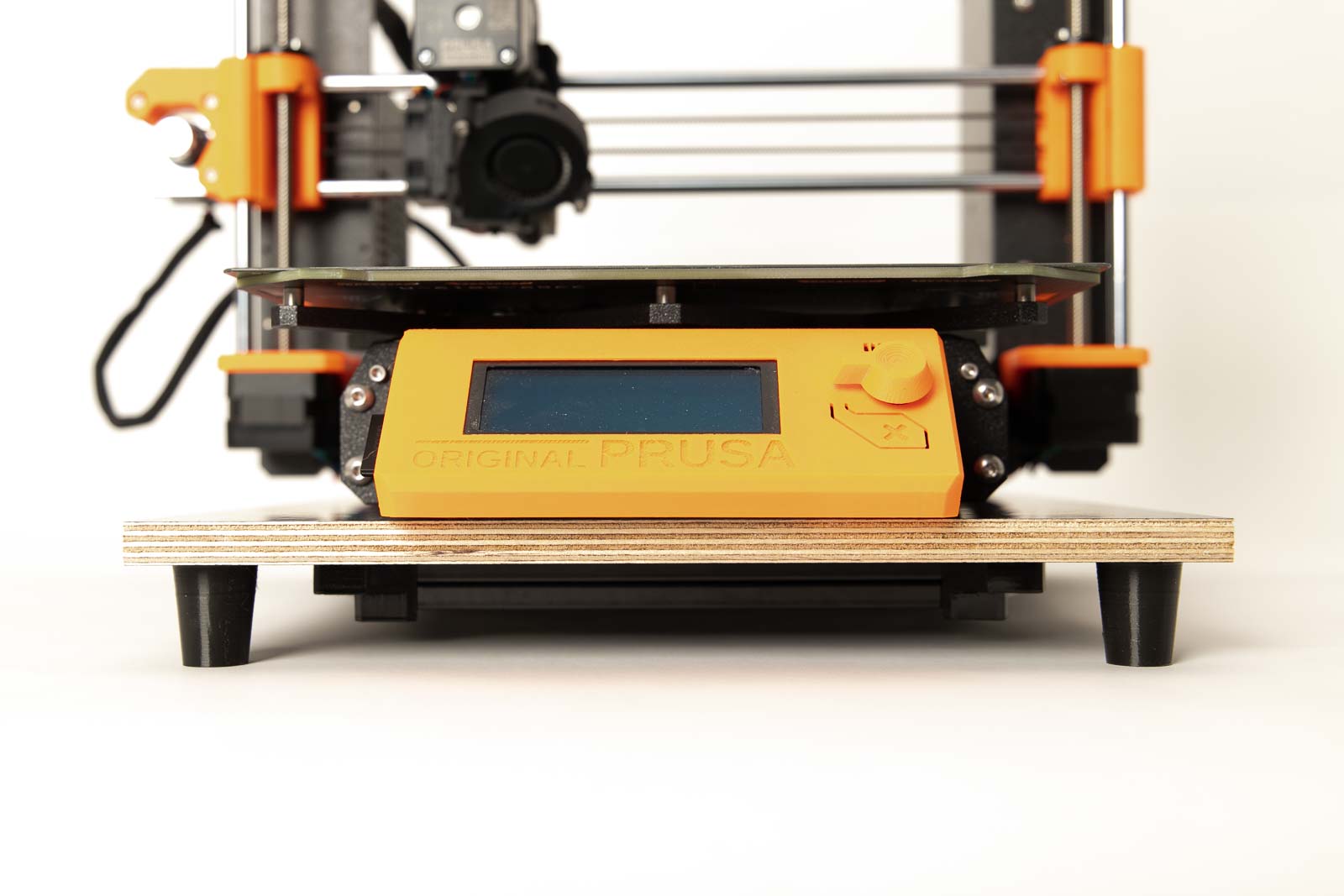Introduction
Welcome to the world of 3D printing! Whether you’re a beginner or an experienced enthusiast, understanding the amount of filament in a typical spool is essential for planning your printing projects. Filament plays a significant role in the 3D printing process, serving as the material that is melted and extruded to create the object.
By knowing how much filament is in a spool, you can estimate the number of prints you can make, manage your inventory, and avoid unexpected interruptions during your printing journey. In this article, we’ll explore the ins and outs of filament length in 3D printer spools, giving you the knowledge you need to make informed decisions.
But first, let’s take a quick look at what exactly filament is. Filament is a thermoplastic material that is typically supplied in the form of a long, thin string wound onto a spool. It comes in a variety of colors and materials, such as ABS, PLA, PETG, and more. Each type of filament has its own unique characteristics, including strength, flexibility, and temperature resistance, making it suitable for different applications.
Now that we have a basic understanding of filament, let’s delve into the specifics of 3D printer spools and how much filament they typically contain. Keep in mind that while there are industry standards, the amount of filament in a spool can vary depending on several factors, which we will explore in the subsequent sections.
What is filament?
In the world of 3D printing, filament is the material that is fed into the 3D printer to create the physical object. It is a long, thin string made of thermoplastic materials that are capable of being melted and extruded through the printer’s nozzle.
Filament comes in various types, the most common being ABS (Acrylonitrile Butadiene Styrene) and PLA (Polylactic Acid). ABS filament is known for its strength, durability, and heat resistance, making it suitable for functional objects and prototypes. On the other hand, PLA filament is biodegradable and derived from renewable resources, making it a popular choice for eco-friendly printing and projects that don’t require high strength.
In addition to ABS and PLA, there are also specialty filaments available on the market. These include PETG, which combines the strength of ABS with the ease of use of PLA, and flexible filaments that allow for printing objects with a rubber-like texture. These specialty filaments open up a world of possibilities for creative and functional designs.
When selecting filament for your 3D printing projects, it’s important to consider the specific properties required. Factors such as strength, flexibility, temperature resistance, and color play a crucial role in determining the appropriate filament for the desired outcome. Additionally, the diameter of the filament, typically either 1.75mm or 2.85mm, should match the specifications of your 3D printer.
Understanding the different types and properties of filament will not only help you achieve successful prints but also allow you to unleash your creativity by choosing the right filament for your specific needs.
3D Printer Spools
Now that we have a good understanding of filament, let’s shift our focus to 3D printer spools. A 3D printer spool is a plastic or cardboard reel that holds the filament. It is designed to keep the filament neatly wound and prevent tangling or knotting during the printing process.
Spools come in various sizes and materials, but the most common size is a diameter of 20cm and a width of 7cm. This standard size allows the spool to fit easily onto most 3D printers and ensures compatibility with filament holders and dispensers.
The materials used to make spools can vary. Plastic spools are durable and reusable, making them a popular choice among 3D printer manufacturers and filament suppliers. On the other hand, cardboard spools are lightweight and eco-friendly, ideal for those who prioritize sustainable printing practices.
One important consideration when it comes to spools is the presence of a center hole. The center hole allows the spool to fit onto the spool holder of the 3D printer, enabling smooth feeding of the filament into the extruder. Different 3D printers may have varying spool holder sizes, so it’s essential to check the compatibility before purchasing filament spools.
In addition to holding the filament, 3D printer spools often come with a label that provides important information about the filament. This includes the type of filament, such as ABS or PLA, the diameter, the color, and sometimes even the manufacturing date. These labels help users keep track of their filament inventory and ensure that the right filament is being used for each printing project.
Overall, 3D printer spools play a crucial role in the printing process by keeping the filament organized, accessible, and protected from external elements. Understanding the different types and features of spools will enable you to select the most suitable spools for your specific printer and filament needs.
How much filament is in a typical spool?
The amount of filament in a typical spool can vary depending on a few factors. The most common size for filament spools is 1 kilogram (or 2.2 pounds) of filament, although smaller spools containing 0.5 kilograms (1.1 pounds) or larger spools containing 2 kilograms (4.4 pounds) or more can also be found.
It’s important to note that the weight of the filament does not directly translate to its length. The length of filament in a spool depends on the diameter of the filament. The most common diameter is 1.75mm, although 2.85mm is also a popular option. The larger the diameter, the more filament is wound on the spool for a given weight.
For example, a typical 1 kilogram spool of 1.75mm diameter filament can contain approximately 330 meters (or 1080 feet) of filament. On the other hand, a spool of the same weight but with a 2.85mm diameter filament may have around 110 meters (or 360 feet) in length.
Keep in mind that these figures are approximate guidelines, and the amount of filament can vary slightly depending on the specific brand or manufacturer. Some manufacturers may provide exact filament length information on their spool labels or product descriptions, offering more precise estimates.
Understanding the amount of filament in a typical spool is essential for planning your printing projects. By knowing the length of filament available, you can estimate the number of prints you can make and ensure that you have enough filament for your desired creations. It’s always a good idea to have extra filament on hand to account for any unexpected printing issues or failures.
Now that we have a general idea of how much filament is in a typical spool, let’s explore the various factors that can affect the length of filament required for different printing projects.
Factors that affect filament length
Several factors can influence the amount of filament needed for a 3D printing project. It’s important to consider these factors to ensure you have enough filament available and minimize the risk of running out mid-print. Here are some key factors to keep in mind:
1. Object size and complexity: The size of the object being printed directly affects the amount of filament required. Larger objects will naturally consume more filament, while smaller objects will require less. Similarly, complex objects with intricate details may require more filament to capture all the fine features.
2. Infill percentage: Infill refers to the internal structure of a 3D printed object. Most objects are not printed as solid pieces but instead have a percentage of infill, which can range from 0% (hollow) to 100% (solid). Higher infill percentages will use more filament, as more material is required to fill the internal space of the object.
3. Layer height: Layer height refers to the thickness of each printed layer in the object. Finer layer heights produce smoother and more detailed prints but require more layers, and thus more filament. Coarser layer heights will use less filament but may result in less detailed prints.
4. Support structures: Some objects may require support structures to be printed alongside the main object. These support structures provide stability during the printing process but are then removed once the print is complete. The amount of support material used will add to the total filament consumption.
5. Printing speed: The speed at which the 3D printer operates can also impact filament usage. Higher printing speeds may result in a higher filament extrusion rate, using more filament in a given amount of time. Slower printing speeds, although more time-consuming, can conserve filament.
6. Printing errors and waste: It’s important to account for potential printing errors or failures that may occur during the printing process. These can result in wasted filament, so having some extra filament on hand is advisable to compensate for any unforeseen issues.
Considering these factors will help you estimate how much filament you will need for each specific print. It’s always better to have a slightly higher estimate to ensure you don’t run out of filament, as pausing a print midway can cause complications and quality issues.
Now that we understand the factors that can affect filament length requirements, let’s explore the standard filament lengths available in the market.
Standard filament lengths
When it comes to the length of filaments available in the market, there are several standard options to choose from. These standard lengths provide convenient options for different printing needs and help users estimate the amount of filament required for their projects.
The most common standard filament lengths are 1 kilogram (or 2.2 pounds), 500 grams (or 1.1 pounds), and 250 grams (or 0.55 pounds). These weights indicate the total weight of the filament spool, including the plastic spool itself. It is worth noting that the weight of the spool can vary between manufacturers, so it’s essential to consider the net weight of the filament when calculating usage.
In addition to the standard weights, filament is often also available in larger spools, such as 2 kilograms (or 4.4 pounds), 5 kilograms (or 11 pounds), or even larger sizes. These larger spools are typically used in professional settings or by users with high-volume printing needs, as they provide more filament and reduce the frequency of spool changes.
It’s important to keep in mind that the length of filament in each spool may vary depending on the diameter of the filament. As mentioned earlier, the most common diameters are 1.75mm and 2.85mm. The larger the diameter, the more filament will be wound on the spool for a given weight. Therefore, a spool of 1 kilogram with a 1.75mm filament will have a different length compared to a spool of the same weight with a 2.85mm filament.
By choosing standard filament lengths, you have the advantage of easily finding compatible spools for your 3D printer and gauging the amount of filament needed for your prints. Additionally, standard lengths are often more readily available from various suppliers, allowing for flexibility in purchasing options.
Now that we understand the standard filament lengths, let’s explore an approach for calculating the filament length requirements for specific printing projects.
Calculating filament length requirements
Calculating the filament length requirements for a specific printing project can help you determine how much filament you need to have on hand. While it may not be possible to calculate the exact length with 100% accuracy, you can get a fairly close estimate by considering a few key factors:
1. Object size and complexity: Start by determining the size and complexity of the object you plan to print. Consider the dimensions in terms of length, width, and height. This will give you a rough idea of the amount of filament needed to complete the print.
2. Layer height and wall thickness: Take into account the layer height and wall thickness settings for your print. These settings will affect the number of layers and the amount of filament used per layer. Multiply the layer height by the number of layers to estimate the total filament height. Multiply the wall thickness by the perimeter of the object to calculate the filament used for the walls.
3. Infill percentage: Determine the infill percentage you intend to use for your print. Multiply the infill percentage by the volume of the object to estimate the amount of filament used for infill. Higher infill percentages will require more filament than lower percentages.
4. Support structures: If your object requires support structures, consider the amount of filament needed for them as well. Take into account the height and density of the supports when estimating the filament length.
5. Printing errors and waste: Account for potential printing errors and waste by adding a buffer of extra filament. It’s better to have slightly more filament than needed than to risk running out mid-print. Add a percentage, such as 10-20%, to your calculated filament length to accommodate for any potential wastage.
Using these factors as a guideline, you can estimate the approximate filament length required for your printing project. While it’s not a foolproof method, it provides a good starting point for determining how much filament you should have available.
Keep in mind that factors such as the specific filament type and brand can also influence filament usage. It’s always a good practice to save the packaging or record the specifications of the filament you use for future reference. This can help in calculating more accurate filament length requirements for similar projects in the future.
Now that we know how to calculate filament length requirements, let’s wrap up our exploration.
Conclusion
Understanding the amount of filament in a typical spool and how to calculate filament length requirements is crucial for successful 3D printing projects. By knowing the length of filament in a spool and considering factors such as object size, infill percentage, and support structures, you can ensure you have enough filament to complete your prints.
Filament serves as the building block of 3D printing, and selecting the right filament type for your desired outcomes is essential. Whether you choose ABS for its strength, PLA for its eco-friendliness, or specialty filaments for unique applications, understanding the properties of each filament type will help you achieve the best results.
Additionally, familiarizing yourself with the standard filament lengths available and the factors that affect filament usage will enable you to plan and manage your filament inventory effectively. This not only helps avoid unexpected interruptions during printing but also supports cost-efficient practices by minimizing filament waste.
Remember, while calculating filament length requirements provides a good estimate, it’s always a good idea to have some extra filament on hand to account for any unforeseen issues or printing errors. Having a buffer of filament ensures a smooth 3D printing experience and allows for experimentation and creativity.
Hopefully, this article has provided valuable insights into the amount of filament in a typical spool, factors that affect filament length, and how to calculate filament length requirements. Armed with this knowledge, you can confidently embark on your 3D printing journey, bringing your ideas to life with precision and creativity.







